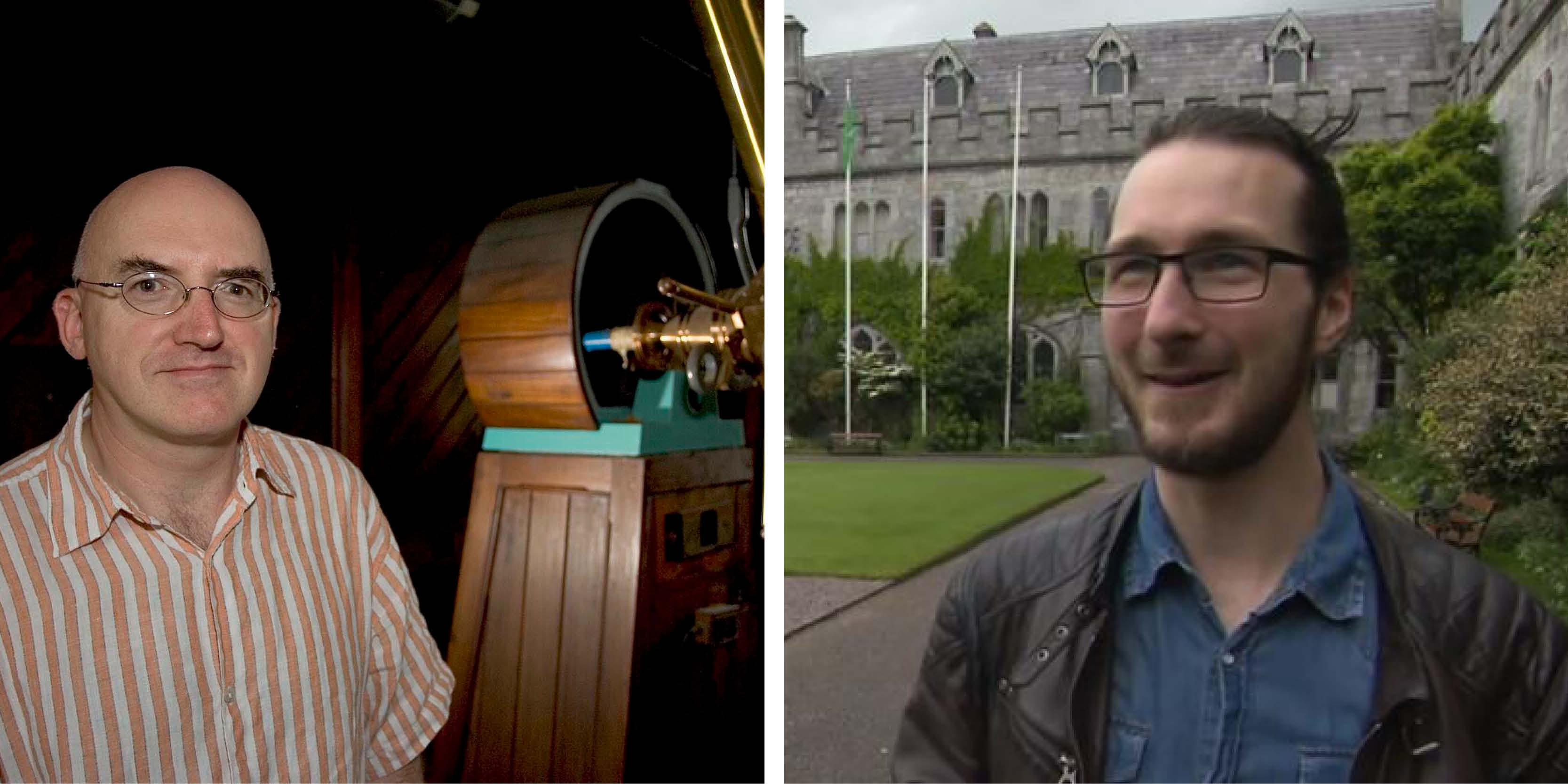In This Section
- Home
- About the College
- Governance
- College Committees & Steering Groups
- College Assembly
- College Council
- College Executive Management Committee
- College Academic Programmes and Curriculum Development Committee
- College Graduate Studies Committee
- College Research & Innovation Committee
- College Teaching Learning and Student Experience Committee
- College Student Recruitment and Outreach Committee
- College Sabbatical Research Leave Committee
- College of SEFS Adjunct Appointments Committee
- International Education Committee
- College Postgraduate Student Committee
- Athena SWAN Steering Group
- College Committees & Steering Groups
- Human Resources
- Annual UCC STEM Awards
- Scholarships and Prizes
- Women in STEM Panel Talks
- Inaugural Professorial Lectures
- Athena SWAN in SEFS
- Proposal Calls
- Contact Us
- Science in Society Public Lecture Series
- Governance
- News
- Staff
- Schools and Departments
- Current Students
- Undergraduate Courses
- Postgraduate Courses
- International Students
- Research and Innovation
- Employability and Careers
- Outreach and Public Engagement
- Science Week
- Transition Year Programmes
UCC Physics researchers in Milky Way black hole discovery

An international team of astronomers including Professor Paul Callanan and Dr Felix Pötzl from UCC Physics, has unveiled the first image of a supermassive black hole at the centre of our own Milky Way galaxy - a cosmic body known as Sagittarius A*.
The image, produced by a global team of scientists from the European Southern Observatory's (ESO) Event Horizon Telescope (EHT) Collaboration, is the first, direct visual confirmation of the presence of this invisible object.
Professor Paul Callanan and Dr Felix Pötzl are involved with the ESO and EHT respectively.
Speaking about the project Dr. Pötzl said:
"I am delighted to be part of this collaborative effort of hundreds of scientists around the globe to image, for the first time, the supermassive black hole (SMBH) in our galactic centre, using a virtual Earth-sized telescope. This complements my own research which focuses on studying the properties of relativistic jets in active galactic nuclei (AGN). Those are the very compact, luminous centres of galaxies, where accretion onto a SMBH, such as the ones observed at the centre of the Milky Way or M 87, powers the so-called central engine, producing radiation across the whole electromagnetic spectrum."
Professor Callanan commented:
"The first image of the of the event horizon of the distant black hole in the galaxy M87 in 2019 was rightly celebrated as a stunning technical achievement. Now astronomers have used the same techniques to image the black hole in the centre of our own Milky Way. Although many black holes are known in our Galaxy (which is an area of my research), the one in the Galactic Centre is hundreds of thousands of times more massive again. Imaging such an object, in the heart of the Milky Way, is an important step in our understanding of massive black holes, how they interact with their environment and affect the evolution of galaxies. Note that Ireland is a member of the European Southern Observatory, which was partially responsible for the telescopes that made these observations possible."
College of Science, Engineering and Food Science
Coláiste na hEolaíochta, na hInnealtóireachta agus na hEolaíochta Bia
Contact us
Block E, Level 3, Food Science Building, UCC, Cork, T12 YN60.
